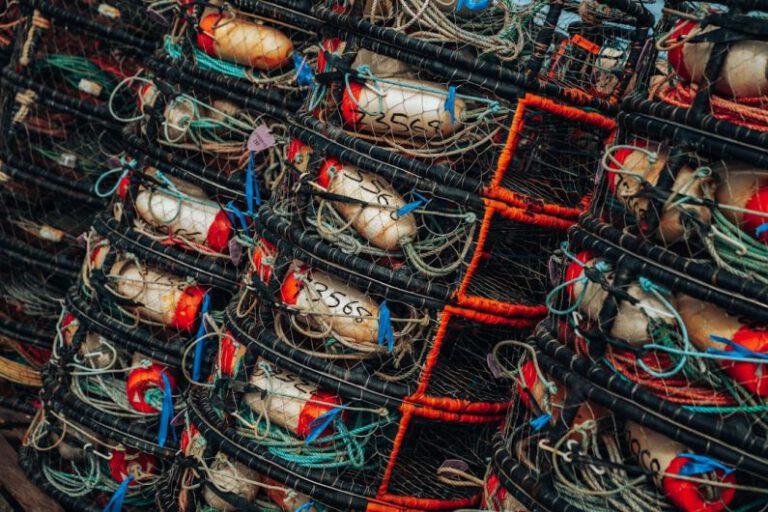How Are Ocean Dead Zones Affecting Marine Life?
The Impact of Ocean Dead Zones on Marine Life
Dead zones in the ocean are regions where oxygen levels are so low that marine life struggles to survive. These areas, also known as hypoxic zones, are expanding due to human activities and climate change, posing a significant threat to the health of our oceans and the biodiversity they support. The consequences of ocean dead zones on marine life are far-reaching and complex, affecting everything from fish populations to coral reefs. Understanding the causes and effects of these dead zones is crucial in order to mitigate their impact and protect our oceans for future generations.
The Causes of Ocean Dead Zones
Ocean dead zones are primarily caused by nutrient pollution from human activities, such as agricultural runoff, sewage discharge, and fossil fuel burning. These nutrients, particularly nitrogen and phosphorus, fuel the growth of algae in the water. When the algae bloom and eventually die, they sink to the ocean floor where they are decomposed by bacteria. This decomposition process consumes oxygen, leading to a decrease in oxygen levels in the water. As a result, marine organisms that rely on oxygen for survival, such as fish, crabs, and shellfish, are forced to either migrate to more oxygen-rich areas or die.
The Role of Climate Change in Dead Zone Formation
Climate change exacerbates the problem of ocean dead zones by warming the oceans and altering ocean currents. Warmer water holds less oxygen, making it harder for marine organisms to breathe. Additionally, changes in ocean circulation patterns can impact the distribution of nutrients and oxygen in the water, further contributing to the formation of dead zones. As global temperatures continue to rise, dead zones are expected to become more widespread and severe, threatening the delicate balance of marine ecosystems.
Impacts on Marine Life
The impact of ocean dead zones on marine life is profound and varied. Fish and other mobile organisms may be able to escape the low-oxygen areas temporarily, but those that are unable to flee are at risk of suffocation. Crustaceans, such as crabs and lobsters, are particularly sensitive to low oxygen levels and can suffer mass die-offs in dead zones. Filter feeders, like oysters and mussels, also struggle to survive in hypoxic conditions, leading to declines in their populations.
Furthermore, coral reefs, which are vital habitats for a diverse array of marine species, are threatened by the expansion of dead zones. Corals depend on a delicate balance of nutrients and oxygen in the water to thrive. When these conditions are disrupted by dead zones, corals become stressed and are more susceptible to disease and bleaching. As a result, coral reefs are experiencing widespread degradation and decline, impacting the entire ecosystem that depends on them for survival.
Mitigating the Impact of Ocean Dead Zones
Efforts to mitigate the impact of ocean dead zones on marine life involve reducing nutrient pollution and addressing the root causes of dead zone formation. Implementing sustainable agricultural practices, improving wastewater treatment systems, and reducing fossil fuel emissions are essential steps in combating the expansion of dead zones. Additionally, creating marine protected areas where fishing and other human activities are restricted can help preserve critical habitats and allow marine populations to recover.
Conclusion: Preserving the Health of Our Oceans
Ocean dead zones pose a significant threat to marine life and the health of our oceans. By understanding the causes and effects of dead zones, we can take proactive measures to protect our marine ecosystems and ensure their long-term sustainability. Efforts to reduce nutrient pollution, address climate change, and promote conservation are essential in preserving the biodiversity and beauty of our oceans for generations to come. It is crucial that we act now to safeguard the health of our oceans and the countless species that call them home.






